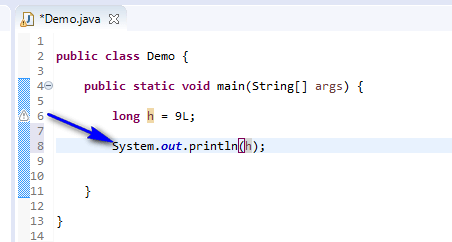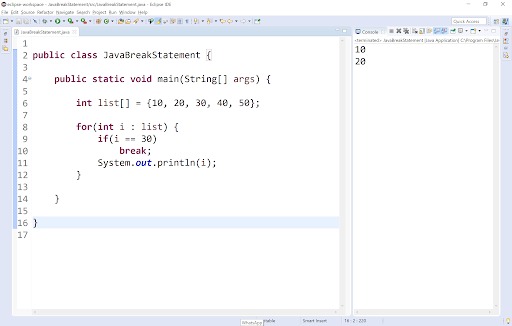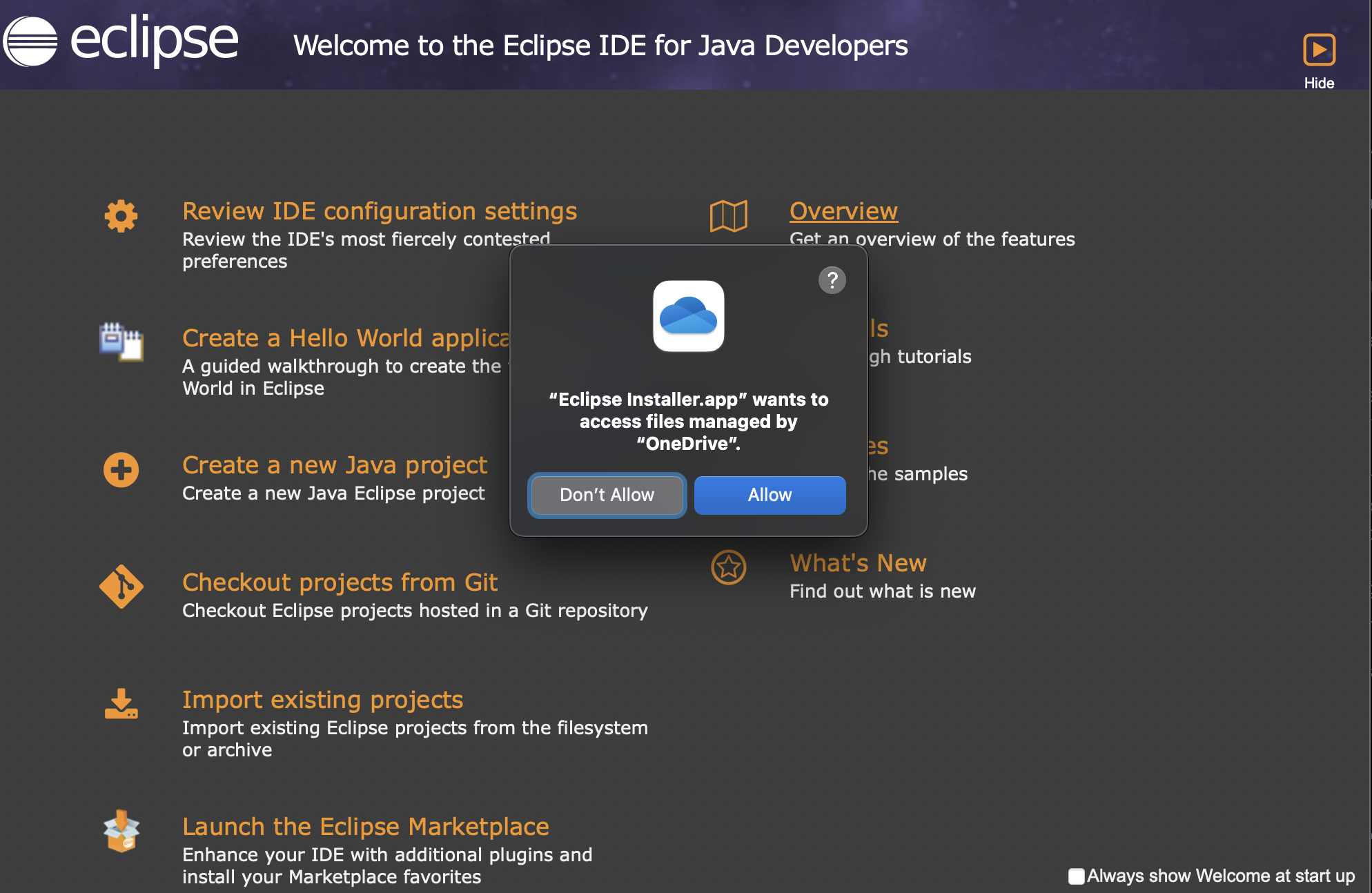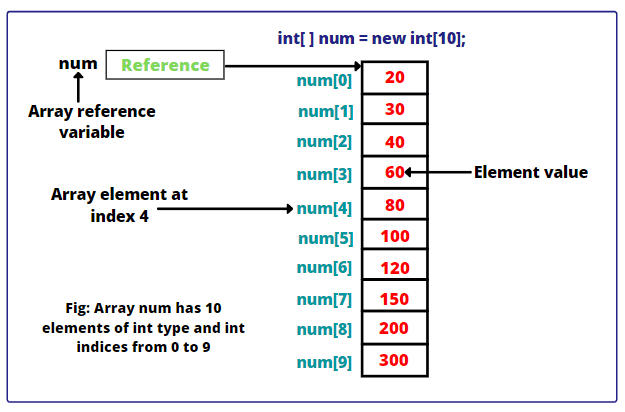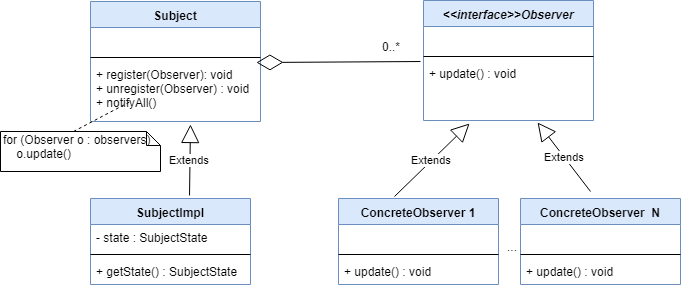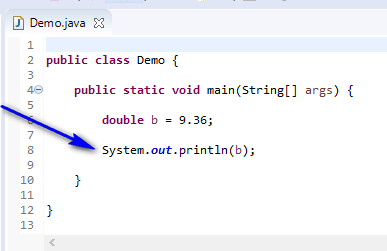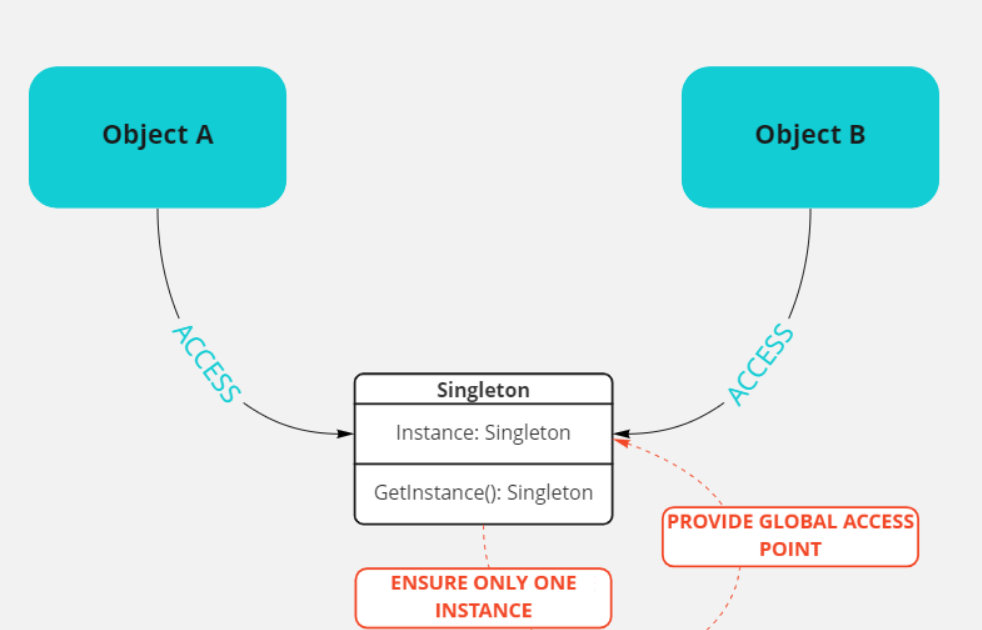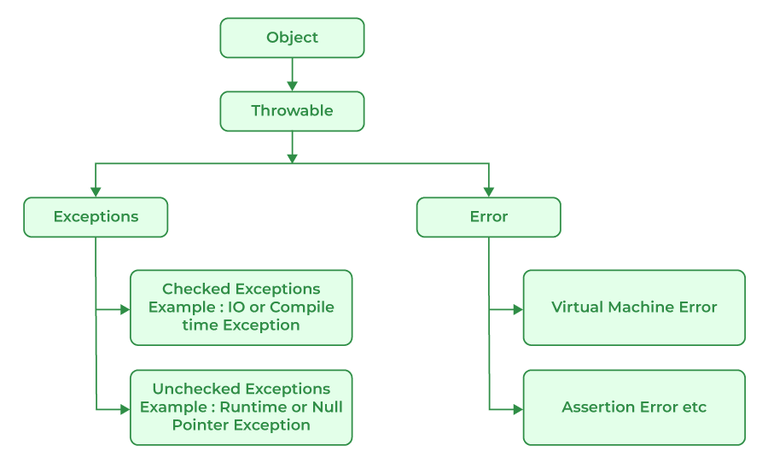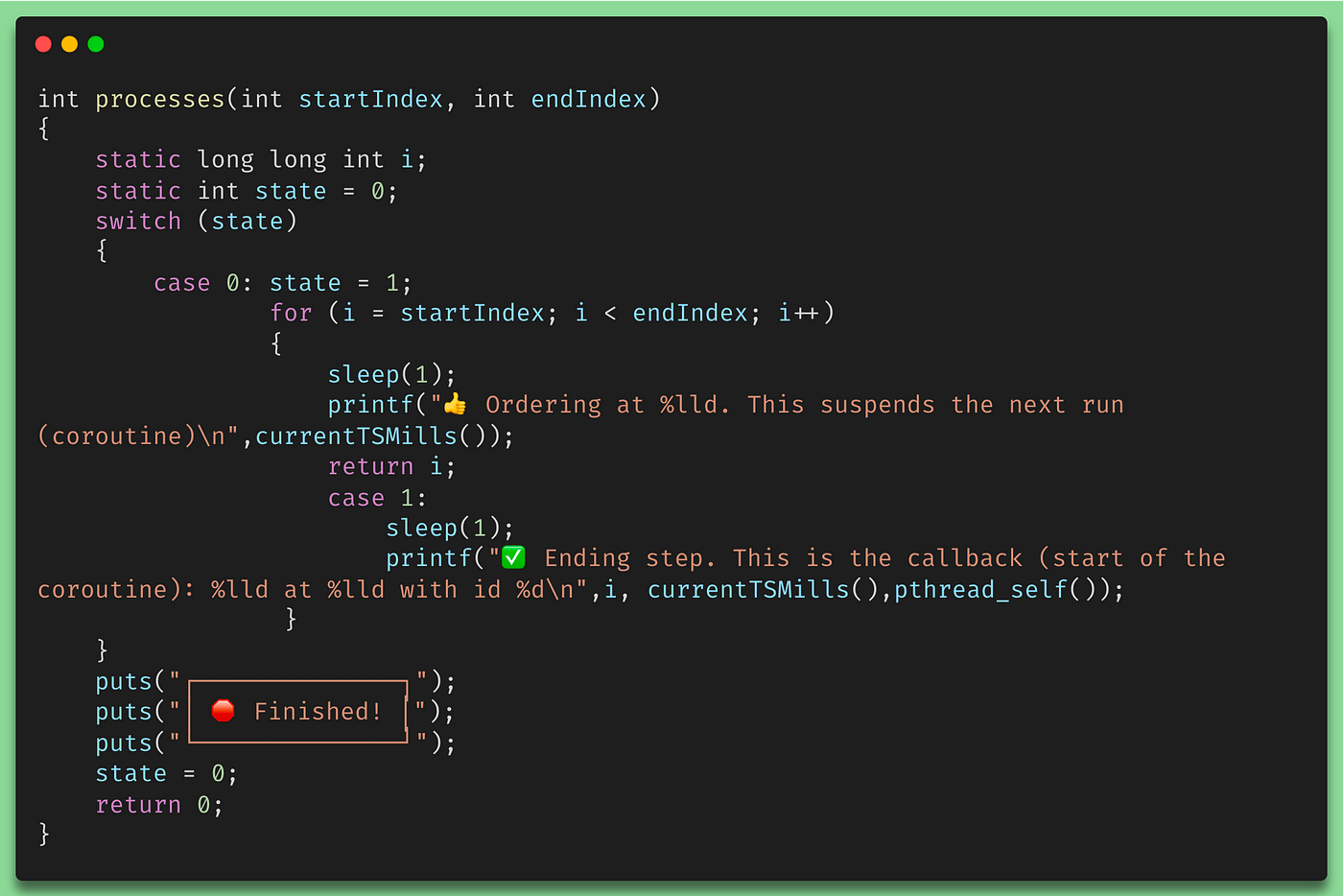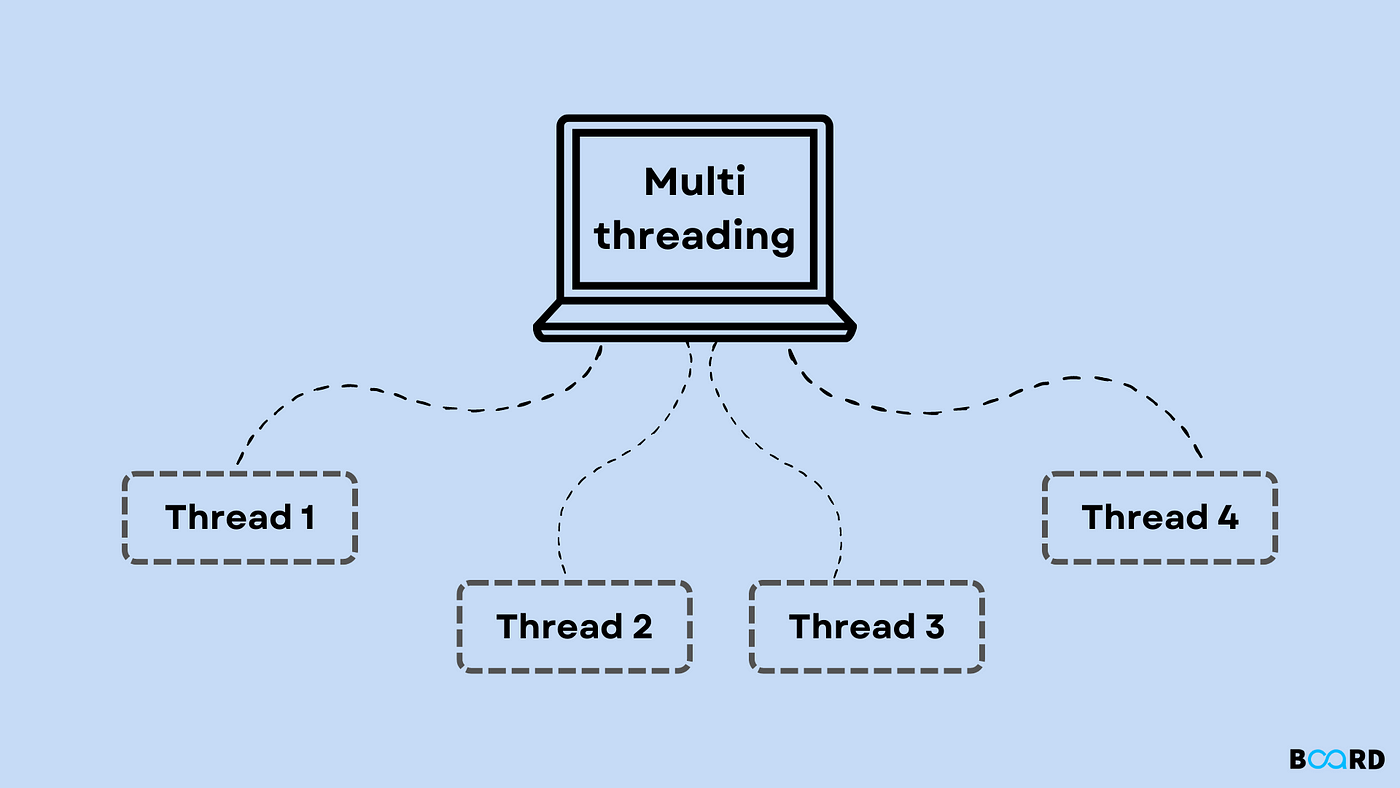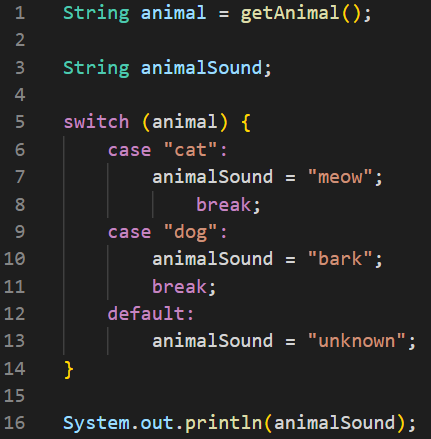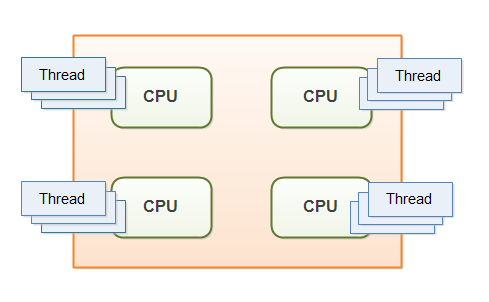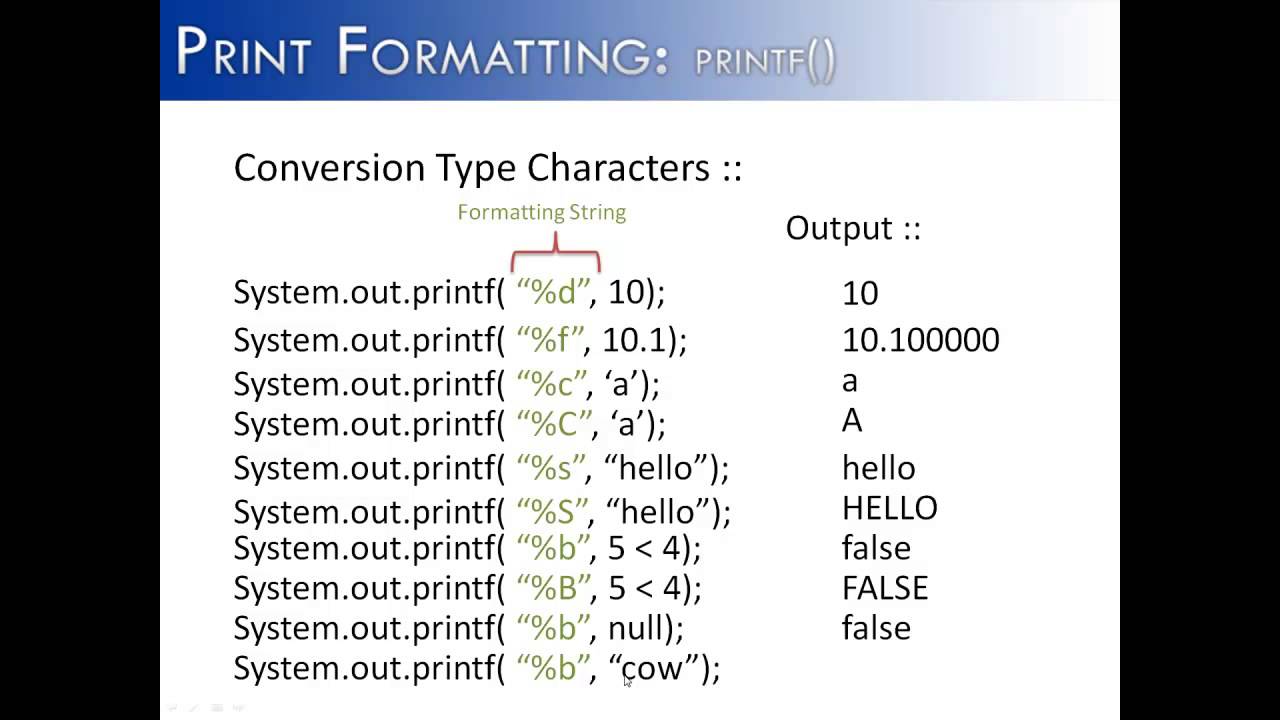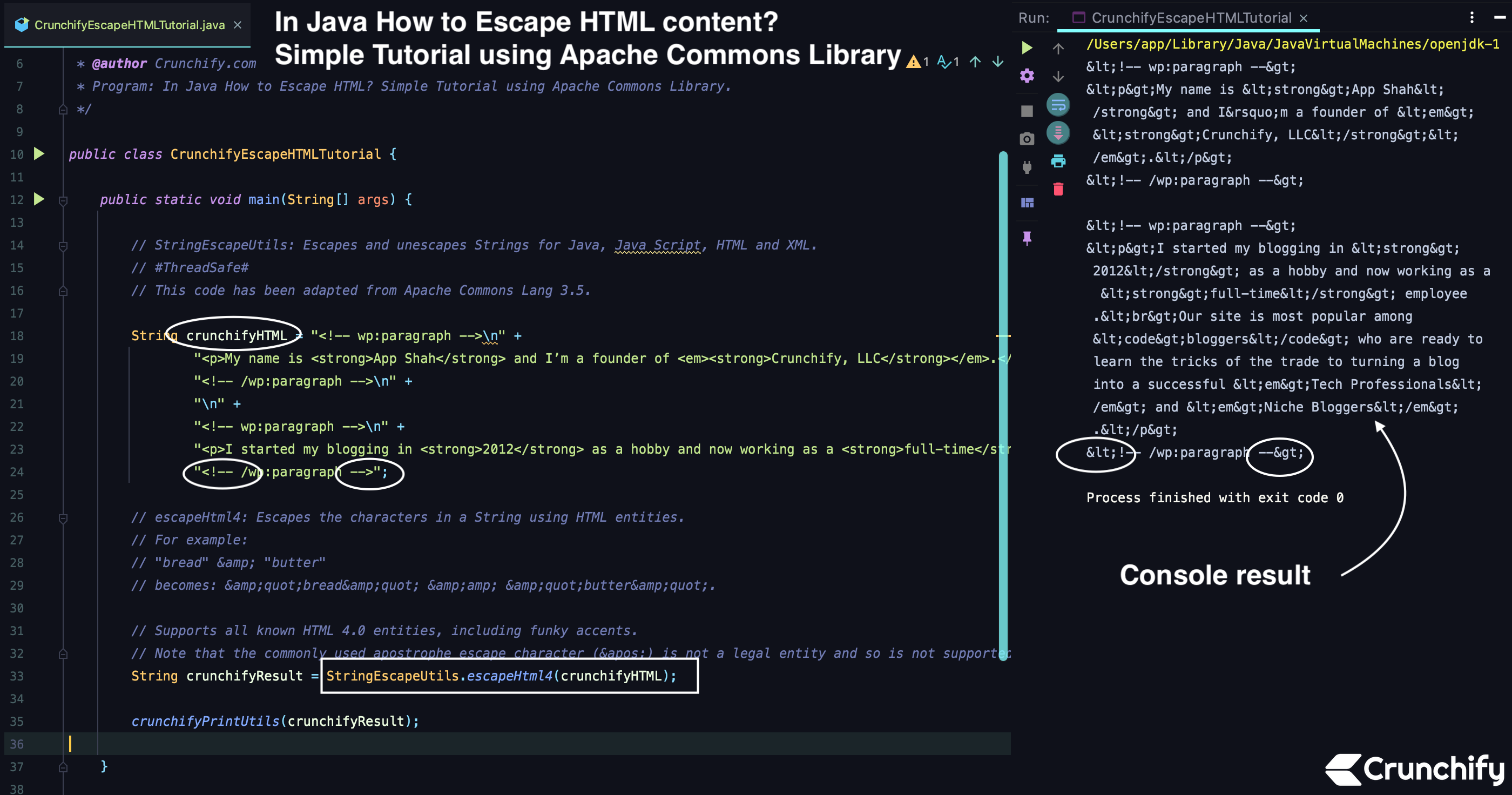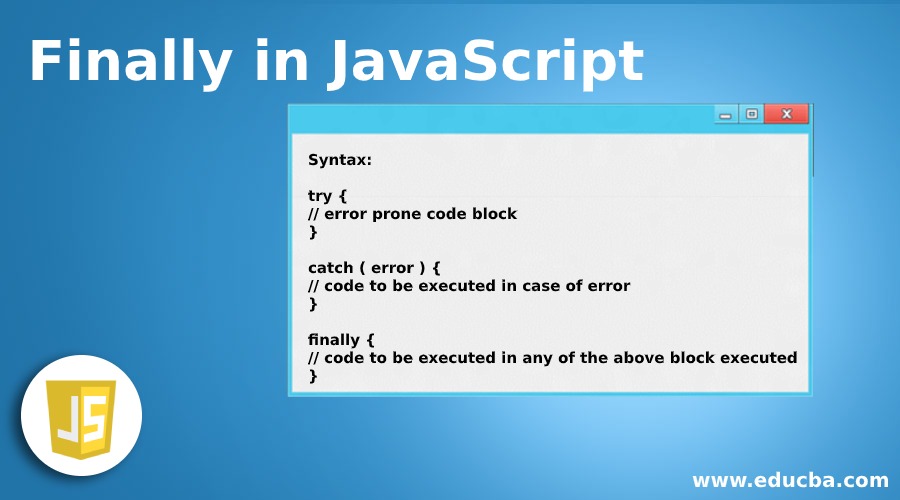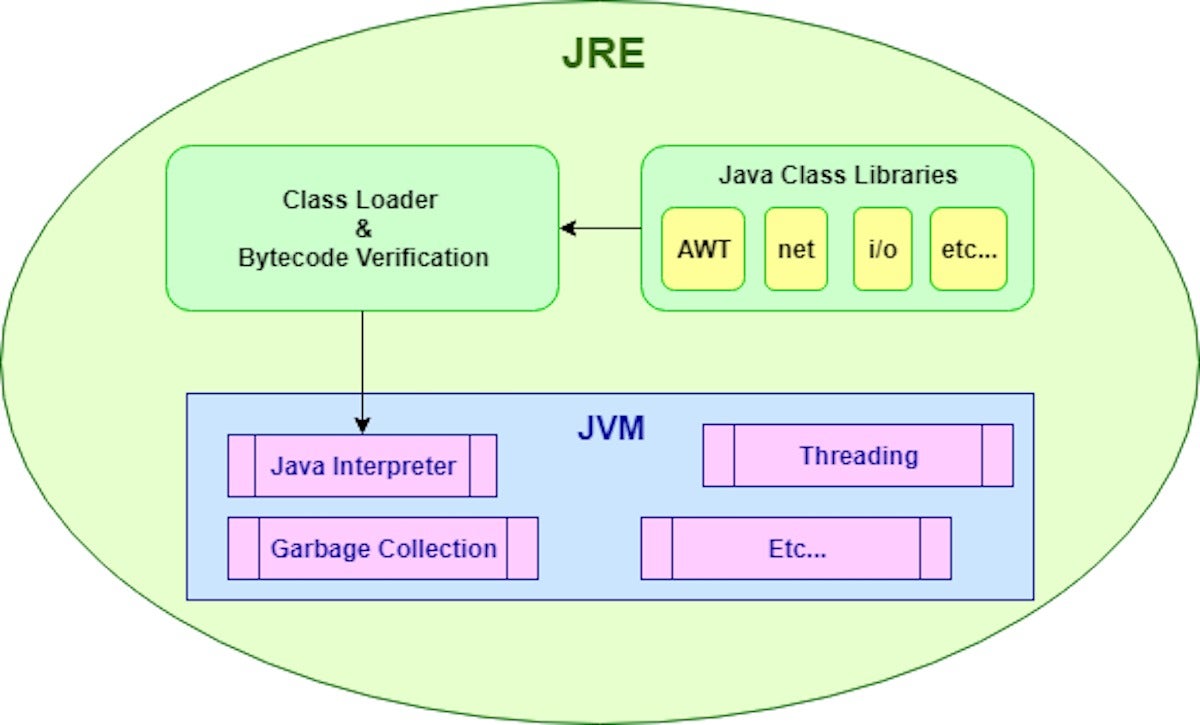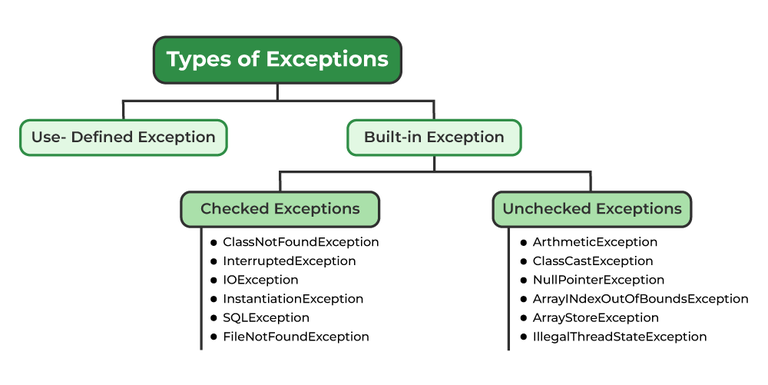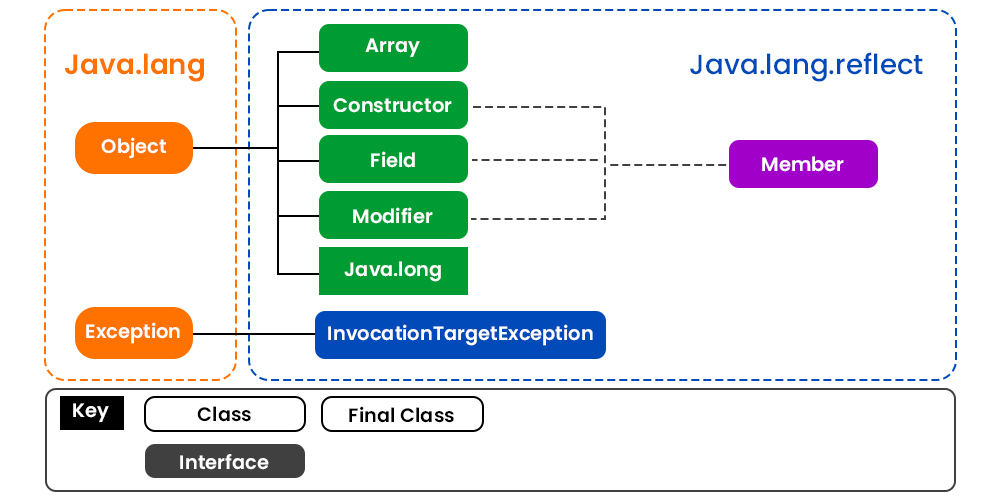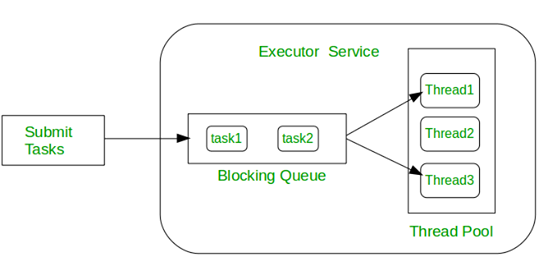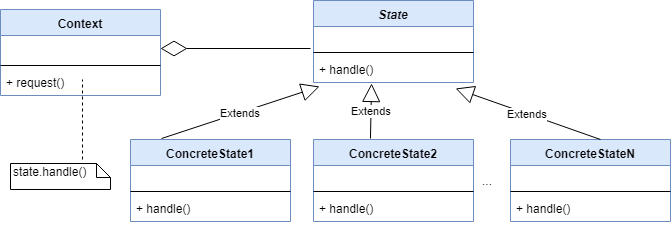Anonymous object in Java
Anonymous object in Java
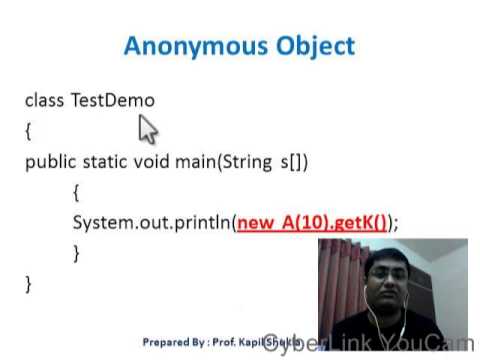
I'm happy to help!
Anonymous objects in Java are instances of a class that can't be referenced by their own name, unlike regular objects which have a declared type and an instance name (or identifier). This is achieved using anonymous inner classes or lambda expressions.
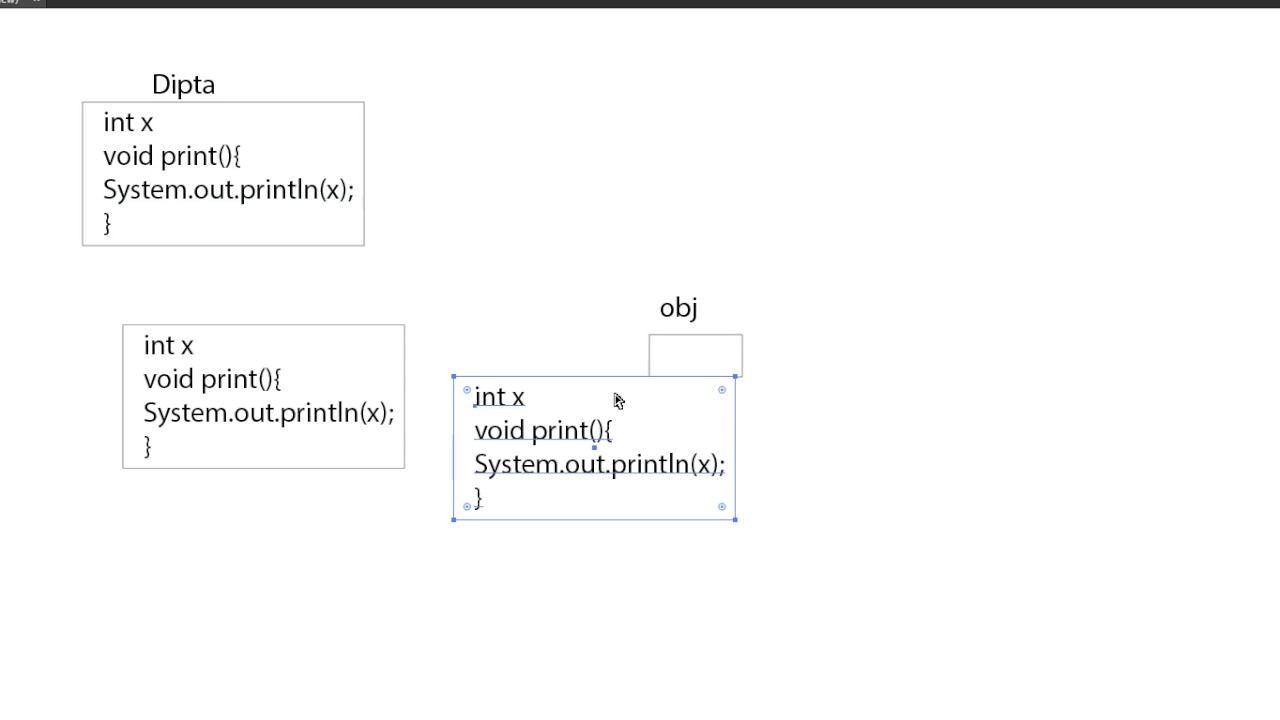
Here's how you create an anonymous object:
// Anonymous Inner Class
Animal animal = new Animal() {
public void sound() {
System.out.println("The anonymous animal makes an unknown sound.");
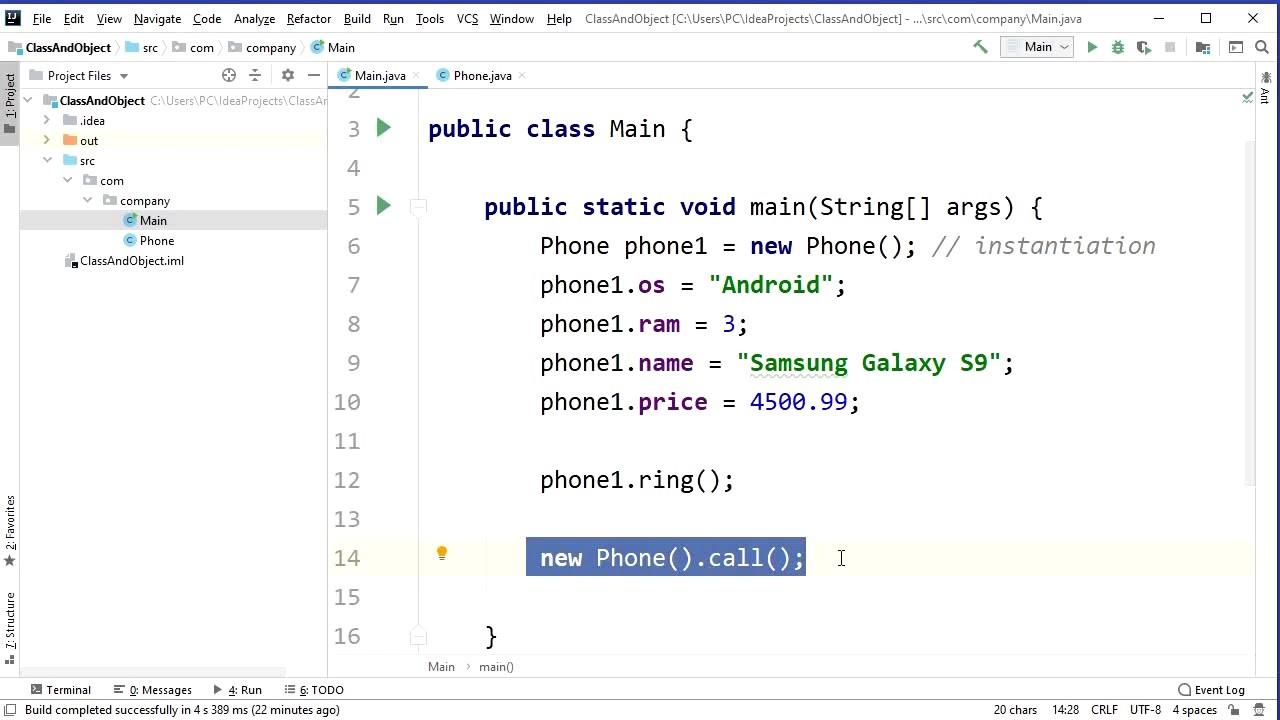
}
};
animal.sound(); // Outputs: The anonymous animal makes an unknown sound
// Lambda Expression (Java 8 and later)
Runnable runnable = () -> System.out.println("Hello, World!");
runnable.run(); // Outputs: Hello, World!
In the first example, Animal is an interface with a method sound(). We create an instance of this interface by implementing it anonymously. This creates a new class that extends Animal, overrides the sound() method, and can't be referenced directly.
In the second example, we're using a lambda expression to implement the Runnable interface, which has one abstract method, run(). The lambda expression takes no arguments, prints "Hello, World!", and returns nothing. This creates an instance of Runnable that can't be referenced directly.
Anonymous objects are useful for creating short-lived or one-time-use instances of classes without declaring a new class or interface. They're also great for simplifying code and reducing noise when working with functional programming concepts like callbacks or event listeners.
Now, I know what you're thinking: "What's the difference between an anonymous inner class and a lambda expression?" Well, my friend, both are used to create anonymous objects, but there are some key differences:
Syntax: Lambda expressions use the() operator followed by the code inside it. Anonymous inner classes require parentheses around the body of the class. Scope: Lambda expressions can capture variables from their surrounding scope using final variables or effectively final fields (Java 8 and later). Anonymous inner classes don't have access to the outer scope's variables. Method signature: Lambda expressions must adhere to a specific method signature, whereas anonymous inner classes can declare multiple methods.
Anonymous objects in Java are powerful tools that help reduce code verbosity and improve readability. They're worth knowing about for any serious Java developer!
That concludes our discussion on anonymous objects in Java! I hope this helps you better understand the concept.
Anonymous class in Java w3schools
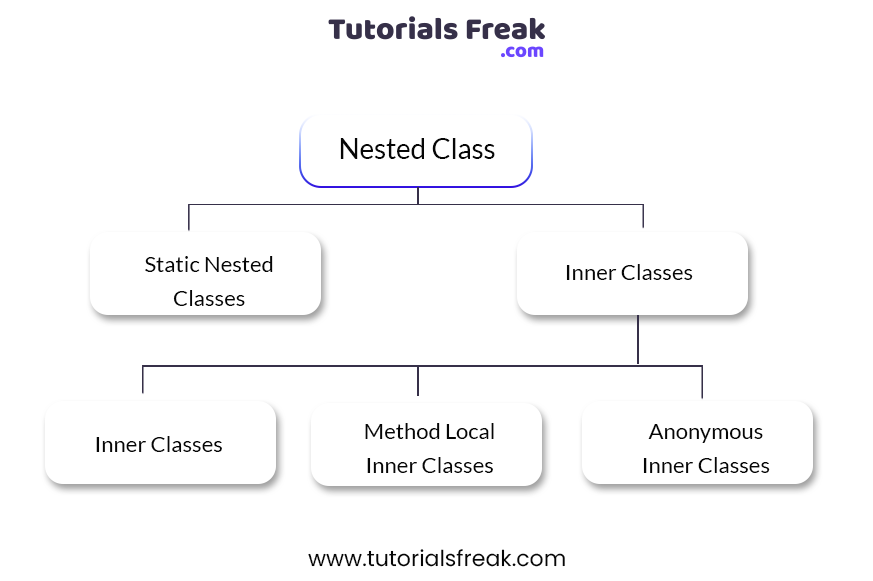
I'm happy to help!
W3Schools is a popular online platform that provides tutorials and reference materials for web development, including programming languages like Java. According to W3Schools, an anonymous class in Java is a class that can be instantiated without knowing its name at compile time.
In other words, an anonymous class is created at runtime using the new keyword followed by a lambda expression or a method handle. This type of class is often used as a one-time utility class to perform a specific task, and then it's discarded.
Here's a simple example of how you can create an anonymous class in Java:
import java.lang.reflect.Method;
public class Main {
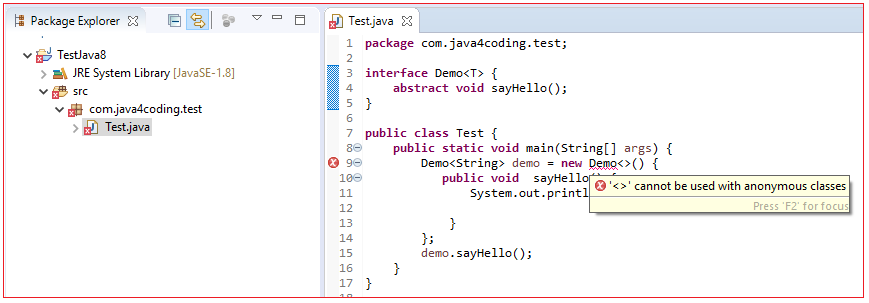
public static void main(String[] args) throws Exception {
// Create an anonymous class with a method that prints "Hello World"
Method myMethod = new Object() {
public void sayHello() {
System.out.println("Hello World");
}
}.getClass().getMethod("sayHello");
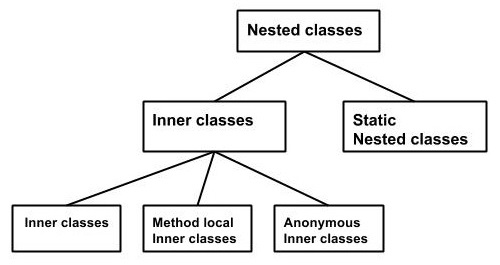
// Call the method

myMethod.invoke(new Object());
}
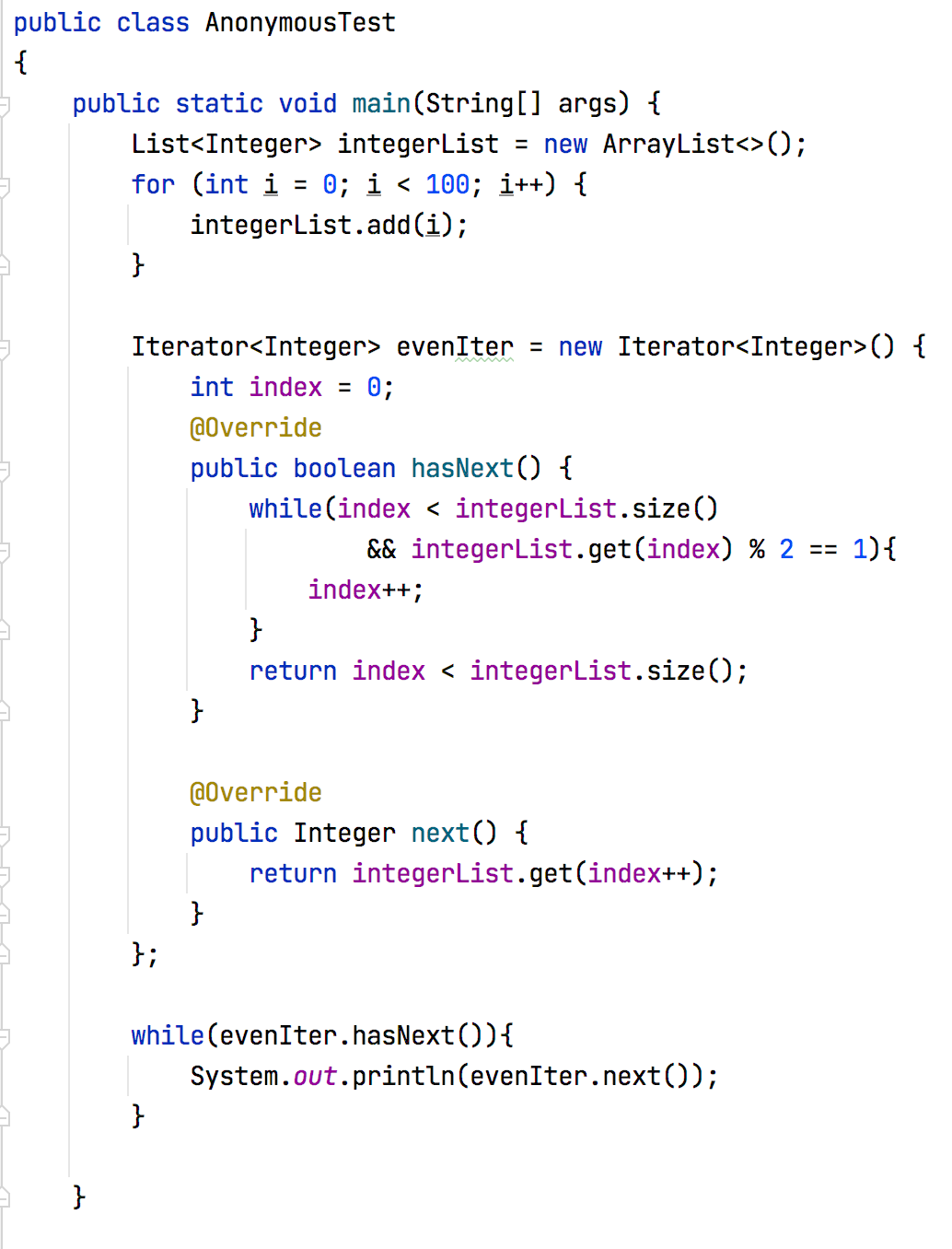
}
In this example, we create an anonymous class with a single method sayHello() that prints "Hello World". We then retrieve the method using reflection and invoke it.
Anonymous classes can also be used as lambda expressions. Lambda expressions are concise ways to represent small, one-time-use functions or methods. Here's an example of how you can use an anonymous class as a lambda expression:
public class Main {
public static void main(String[] args) {
// Create an anonymous class with a method that prints "Hello World"
Runnable myRunnable = new Runnable() {
public void run() {
System.out.println("Hello World");
}
};
// Start the thread and call the method
Thread myThread = new Thread(myRunnable);
myThread.start();
}
}
In this example, we create an anonymous class that implements the Runnable interface. We then start a new thread with our anonymous class as its runable.
Overall, anonymous classes in Java provide a flexible way to create one-time-use utility classes or methods without having to declare a separate class or interface.
